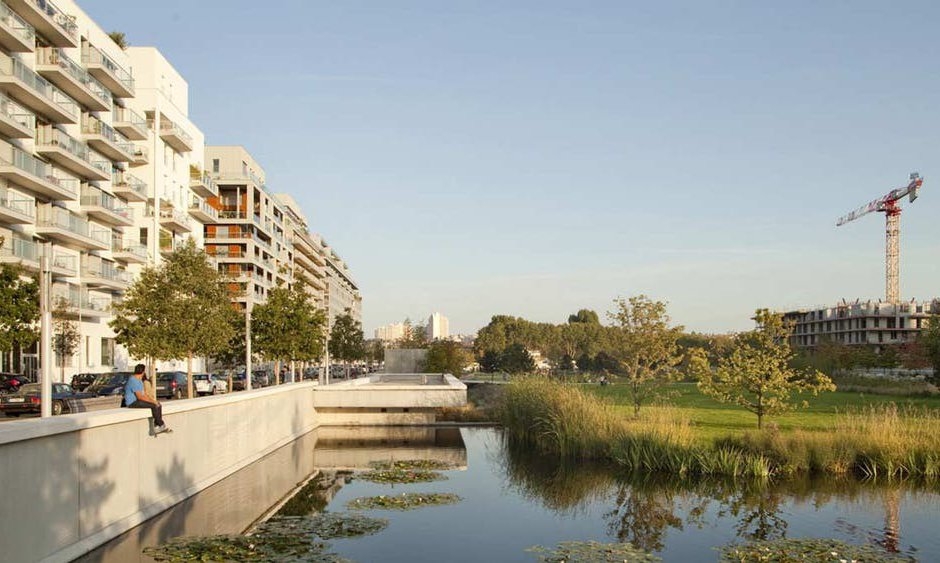Turning rain water into a resource

Recurrent floods, typhoons, and hurricanes have left cities around the world inundated with rain water this year, causing severe damage and health issues. With extreme weather events becoming more frequent and as sea levels continue to rise, coastal cities need to consider flooding as a regenerative opportunity that can improve life in urban areas.
Cities like New York, New Orleans, and Copenhagen have begun to reorganize their urban landscape following catastrophic floods in recent years. There is a new need for urban planning that designs parks and gardens that can co-exist with water. Making water work within cities is an essential step in managing the effects of climate change.
Innovative strategies use floods as a natural process that can be worked with, rather than resisted, in urban planning. As a result of this, non-structural, soft and nature-based solutions to flood adaptation are replacing centralised and engineered technologies.
There are different ways that water can be incorporated into the urban landscape through natural processes. “Sponge spaces” consist of networks of small green areas that can absorb and store excess water. Almost every open urban space, including rooftops, can be reconstructed to function this way. An example is Billancourt Park in France, where water defines the constantly changing spaces of the gardens. Billancourt Park is featured in the photograph above.
As for the impermeable ground and roof surfaces, those can be harnessed to capture rainwater, and that rain water can be harvested and stored for further uses, such as irrigation, washing, and flushing toilets.
These projects are able to use climate change in a positive way to provide benefits to cities and urban spaces that suffer from floods. Some of these benefits include spaces for recreation, ecological functions, environmental recovery, increased urban biodiversity and economic regeneration, according to an article by Elisa Palazzo, Senior Lecturer in Urban and Landscape Design at UNSW.
The AIDF Global Summit will return to Washington, D.C., USA for its 11th year in 2019.
If you’d like to stay informed on the latest updates in aid and development, please sign up for the AIDF newsletter.
Photo credit: Agence Ter, Paris/The Conversation















